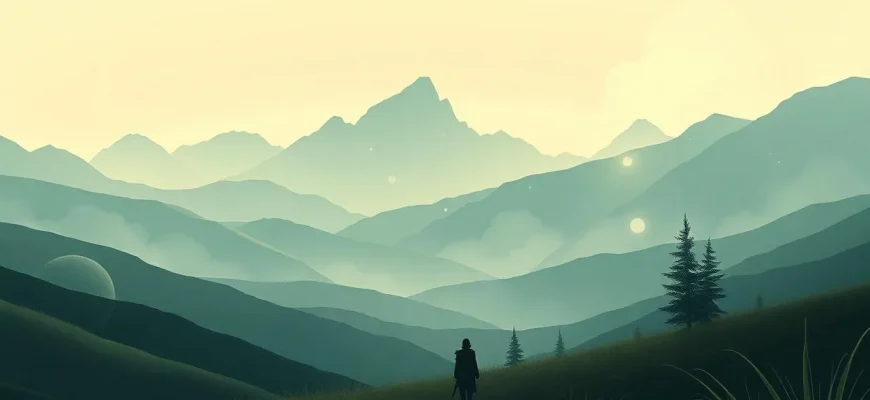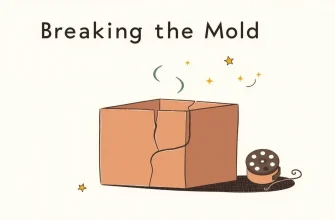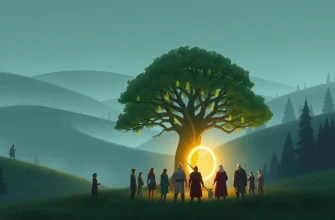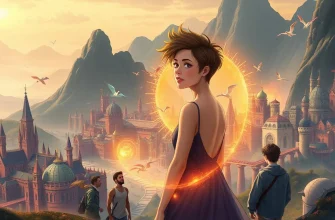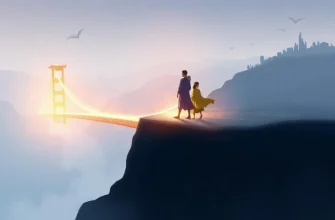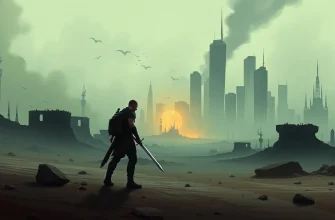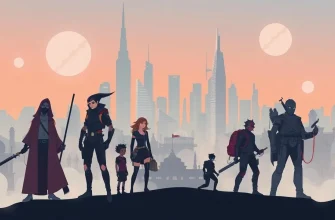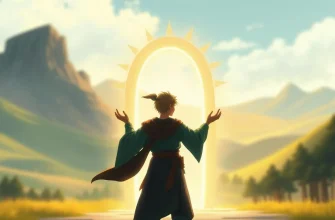Fantasy films have a unique way of addressing real-world issues through the lens of magical realms and mythical creatures. This curated list of 10 fantasy films explores the theme of social inequality, offering viewers not just an escape but also a mirror to reflect upon our own society. Each film in this collection uses its fantastical setting to delve into the complexities of class, power, and justice, making for a thought-provoking cinematic experience.
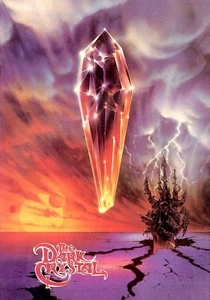
The Dark Crystal (1982)
Description: This film portrays a world where the Skeksis rule over the gentle Gelflings, highlighting themes of power imbalance and the struggle for freedom and equality.
Fact: Jim Henson, the creator of The Muppets, co-directed this film, which was one of the first to use advanced puppetry and animatronics.
 Watch Now
Watch Now 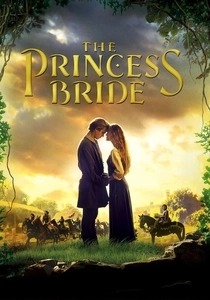
The Princess Bride (1987)
Description: While primarily a fairy tale, the film subtly addresses issues of class and power through its characters' interactions, particularly with the character of Inigo Montoya seeking justice for his father's murder by a nobleman.
Fact: The film has a cult following, and its lines like "Inconceivable!" have become iconic in pop culture.
 Watch Now
Watch Now 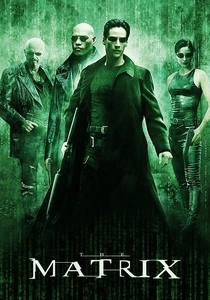
The Matrix (1999)
Description: While not overtly about social inequality, the film's premise of humans being used as energy sources by machines touches on themes of exploitation and control by a higher power.
Fact: The Wachowskis developed the concept of "bullet time" for this film, which revolutionized action sequences in cinema.
 Watch Now
Watch Now 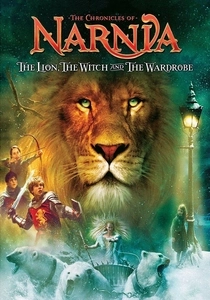
The Chronicles of Narnia: The Lion, the Witch and the Wardrobe (2005)
Description: The film explores themes of tyranny and the fight for freedom, with the White Witch representing an oppressive ruler over the creatures of Narnia.
Fact: The film was shot in New Zealand, the same location used for "The Lord of the Rings" films.
 Watch Now
Watch Now Avatar (2009)
Description: The film portrays the exploitation of the Na'vi by human corporations, reflecting themes of imperialism and the mistreatment of indigenous populations.
Fact: James Cameron developed the story for Avatar over 15 years, waiting for technology to catch up with his vision.
 Watch Now
Watch Now 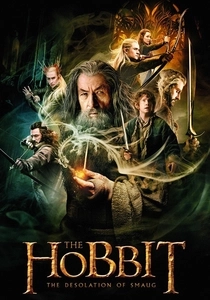
The Hobbit: The Desolation of Smaug (2013)
Description: This installment of the Hobbit series delves into the social dynamics of the dwarves, elves, and men, showcasing the tensions and inequalities between races and classes.
Fact: Benedict Cumberbatch provided both the voice and motion capture for the dragon Smaug.
 Watch Now
Watch Now 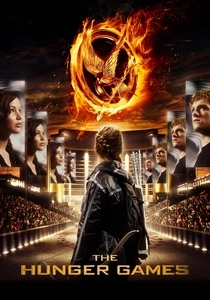
The Hunger Games (2012)
Description: In a dystopian future, the Capitol uses the Hunger Games to control and punish the districts, showcasing the stark divide between the rich and the poor. This film highlights the exploitation of the lower classes for entertainment and control.
Fact: The film's setting, Panem, is located in what was once North America, and its name is derived from the Latin phrase "Panem et Circenses," meaning "bread and circuses."
 Watch Now
Watch Now 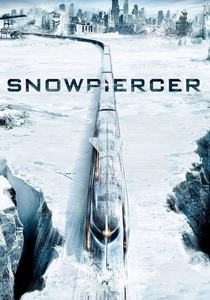
Snowpiercer (2013)
Description: A post-apocalyptic train circles the globe, with its passengers divided by class. The film examines the brutal enforcement of social hierarchy and the uprising of the lower class against their oppressors.
Fact: The film was directed by Bong Joon-ho, who later won an Academy Award for "Parasite," another film about class struggle.
 Watch Now
Watch Now 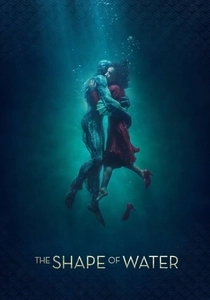
The Shape of Water (2017)
Description: While primarily a love story, the film touches on themes of otherness and the societal treatment of those deemed different or inferior, set against the backdrop of Cold War America.
Fact: The film won the Academy Award for Best Picture, and its creature was inspired by the works of H.P. Lovecraft and the Creature from the Black Lagoon.
 Watch Now
Watch Now 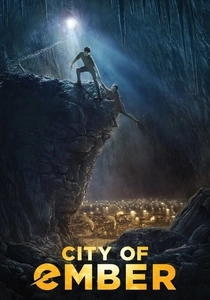
The City of Ember (2008)
Description: Set in an underground city where resources are dwindling, this film explores the societal structure where the rich live in comfort while the poor struggle for survival, reflecting themes of class disparity.
Fact: The film was based on a novel by Jeanne DuPrau, and the city's design was inspired by the works of H.G. Wells and Jules Verne.
 30 Days Free
30 Days Free 
